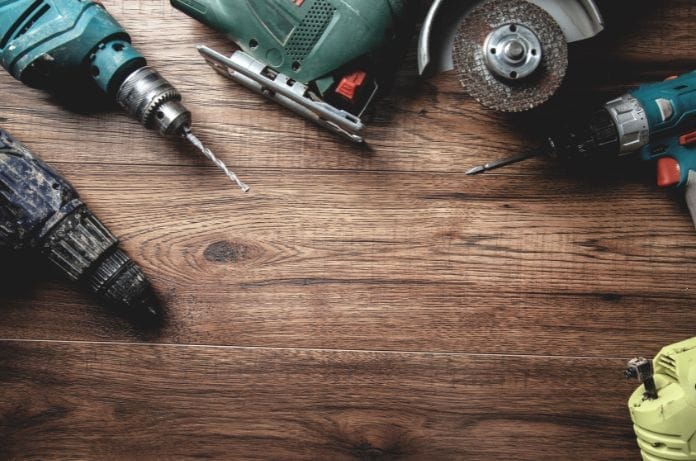No matter what you do in your workshop, knowing which workshop tools are most prone to wear and tear can help you recover time and save money on replacing them. It’s just as important to keep these tools in good shape as knowing how to use them. Here’s a look at the usual suspects that take a beating and some maintenance tips to ensure they last longer, perform better, and keep you safe.
Drills
Drills work hard, bore deep, and endure plenty of stress, making them a top item on our list of workshop tools most prone to wear and tear. Regularly clean the chuck and lubricate any moving parts to keep your drill in tip-top condition. An often overlooked aspect is battery care, so ensure you charge it regularly and follow the manufacturer’s instructions on preventing overuse and heating. A drill that you care for won’t leave you in a bind when you need it most.
Saws
Saws, from the handsaw to the power-packed circular saw, cut through all kinds of materials, resulting in dust and debris piles accumulating around you. The buildup of dust and debris could even affect the saw’s alignment and dull the blade. Use a blade sharpener and make an effort to check blade alignment and tension regularly. Proper saw maintenance ensures that you’re cutting with efficiency and preserving the life of what could be your workshop’s most vital tool.
Sanders
Sanding requires finesse, and a sander’s effectiveness depends on its condition. Clean the sandpaper and the sanding pad after each use to prevent uneven sanding. Ensuring that the backing pad is in good shape is also critical; if it’s beginning to fall apart, replace it to avoid damage to the tool or the workpiece.
Drill Bits
Frequently, we focus on the drill itself but overlook the importance of the drill bits. This mistake can cause significant friction and heat. While following storage and organization tips for drill bits, one critical rule is storing them in a dry area to prevent rust. Remember that working with dull bits can lead to frustration and inefficiency. So regularly sharpening or replacing drill bits maintains the cutting efficiency necessary for each project.
Wrenches
Wear and tear on a wrench can significantly affect their performance. To keep wrenches clean and dry, you want to inspect them frequently, paying special attention to the tool’s jaws and moving parts. It’s better to replace a worn wrench than to risk injury or a botched job due to slippage.
Common tools like these are most prone to wear and tear, and if you have them in your workshop right now, they warrant regular checks and maintenance. By adhering to the suggested guidelines, you can extend the life of your tools and the quality of your work, ensuring that every turn, cut, and sand is precise and effective. Keep in mind: workshop efficacy begins with the state of your tools!






